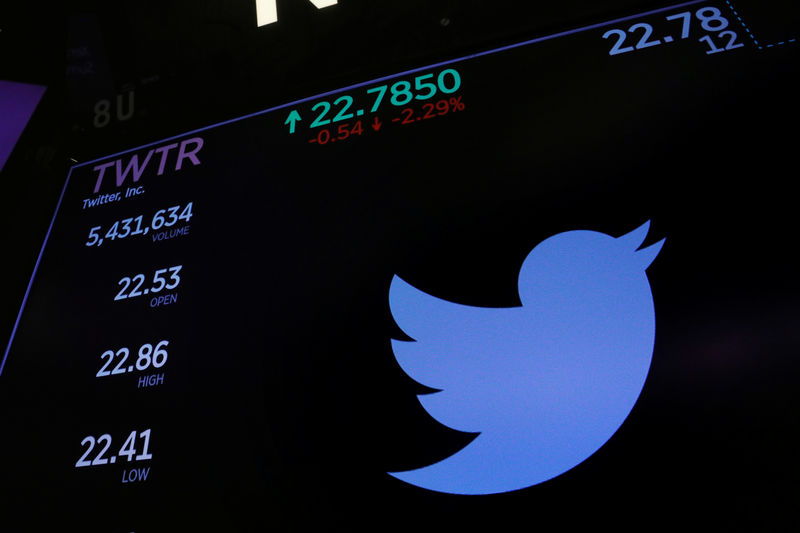The TRON DAO Reserve (TDR) has officially answered some frequently asked questions from the community about USDD, the decentralized over-collateralized stablecoin on TRON.
The USDD stablecoin is currently the most over-collateralized stablecoin across the entire cryptocurrency market. The core mission of USDD is to provide the blockchain world with a decentralized cryptocurrency of stable value. USDD represents true decentralization across the stablecoin market. Other stablecoins such as USDC or USDT are pegged to a central platform’s U.S. dollar (USD) reserves. By nature, the fundamentals of USDC and USDT are considered centralized stablecoins with strict supervision by regulators worldwide.
Current market conditions have brought fears of assets being subject to liquidation and freezings without the consent of the holders. USDD overcomes these fears from multiple different angles. Whitelisted institutions of the TRON DAO Reserve (TDR) are authorized to mint USDD. The value of USDD is supported by the over-collateralization of highly liquid crypto assets consisting of, but not limited to, BTC, USDT, USDC, and TRX. This allows USDD to be free from centralized intermediaries so users do not have to worry about their assets being frozen with or without notice. This enables holders of USDD to truly have full ownership of their stablecoin.
Stability is an important aspect of a successful stablecoin. Centralized stablecoins such as USDC and USDT are bound by regulators to maintain a 1:1 reserve ratio to the USD. If the centralized authorities of these stablecoins are unable to meet their reserve requirements, this can cause the centralized stablecoins to lose its 1:1 USD peg. USDD is immune to such issues due to its decentralized nature. USDD is not designed to strictly peg to the USD; instead, it floats up and down around it. The price stability of USDD is maintained through monetary policies adopted by the TDR based on market conditions.
Under volatile market conditions, USDD is not considered depegged when it is within 3% up or down from the USD peg. This allows for further flexibility for the TDR to make the necessary monetary policy adjustments if needed. With recent volatility in the markets, USDD has adjusted properly through TDR’s monetary policy tools which have strongly held up against recent concerns. This methodology is known as a Linked Exchange Rate System and has successfully allowed USDD to properly scale.
The recent controversy surrounding stablecoins arose due to the LUNA and UST crash. USDD fluctuated below its USD peg partly due to market misconceptions tied to the LUNA/UST fiasco. LUNA and UST do not follow the TDR policies that USDD is subject to; instead, LUNA and UST function strictly off an algorithmic arbitrage system of burning and minting. This means that UST did not have to rely on any reserve system to support the 1:1 USD peg. This whole process relied heavily on LUNA’s liquidity, when market conditions worsened, causing UST to lose its peg, it resulted in a major shock driving prices down for LUNA and in turn UST because there was no reserve system backing it. This is what ultimately caused the collapse of the LUNA and UST prices. On the other hand, USDD is completely supported by a reserve system filled with liquid assets run by the TDR as mentioned earlier. The details of the TDR assets are published in real-time on tdr.org.
The TDR adopts four monetary policy instruments to ensure the stability of USDD, creating further growth in the TRON ecosystem. The four policy instruments are setting benchmark interest rates, open market operations (OMO), window guidance, and the minting-burning mechanism of TRX and USDD. The TDR will also explore more monetary policy tools to foster further stability and growth of the USDD ecosystem. The end goal of TDR’s monetary policy adjustments is to maintain a stable price of USDD while further empowering it to be the most reliable and decentralized stablecoin on the market.
For more information about USDD, check out our recent blog post, which goes into details on various community questions and concerns.
About USDD
USDD is a decentralized over-collateralized stablecoin launched collaboratively by the TRON DAO Reserve and top-tier mainstream blockchain institutions. The USDD protocol runs on the TRON network, is connected to Ethereum and BNB Chain through the BTTC cross-chain protocol, and will be accessible across more blockchains in the future. USDD is pegged to the US Dollar through TRX and maintains its price stability under the guidance of the TRON DAO Reserve. It enables access to a stable and decentralized digital dollar system that in turn assures financial liberty for everyone.
Website | Twitter (NYSE:TWTR) | Telegram | Discord | Medium
